When buying a hood for your kitchen, it is very important to know not only its characteristics but also the steps to follow for a good choice and correct installation.
It is necessary to know the measures that your glass ceramic has to achieve maximum performance.
1. Dimensions
Choosing a suitable hood size in relation to the cooking zone is essential for a satisfactory result.

- If the extractor hood is larger than the cooking zone then the dimension is optimal.
- If the kitchen hood is the same as the cooking zone then the dimension is adequate.
- Y If the hood is smaller than the cooking zone then the dimension is inadequate.
2. Situation regarding the cooking zone
As with the size, the height of the hood is very important in order to achieve its maximum performance.
- Wall hoods must be placed at a maximum height of 70 cm and a minimum of 60 cm from the cooking area.
- Inclined wall extraction hoods (like Odyssey) must be placed at a maximum height of 70 cm and a minimum of 60 cm, counting from the center of the suction area
- Built-in kitchen hoods must be placed at a maximum height of 70 cm.
- The island hoods must be placed at a maximum height of 70 cm and a minimum of 60 cm.
- And finally the ceiling hoods must be placed at a height of between 140 and 160 cm.

** According to the UNE-60335-2-31 standard, the minimum distance of the gas hobs from the extractor hood and / or the furniture must be at least 65 cm.
3. Ventilation
It is a basic requirement that the kitchen is provided with an air inlet to ensure good air circulation and therefore a correct operation of the hood since without this inlet and with the kitchen closed a depression is created that reduces the suction efficiency of the hood.
If there is an air inlet for the gas installation, this would be useful and if not, one must be created.
4. Installation of conductive tubes
Most of the efficiency of the aspiration and noise reduction depends on the path and length of the exit to the outside, for this reason we indicate a series of recommendations so that your satisfaction is greatest.
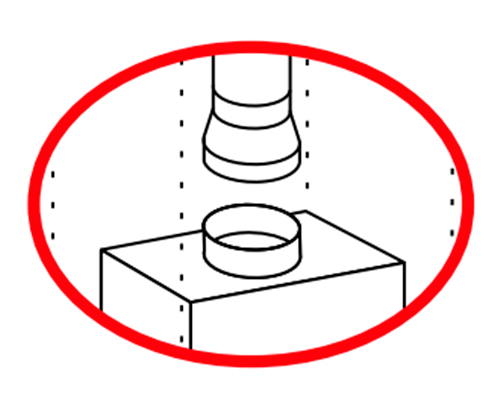
Avoid making a reduction in diameter at the outlet of the hood nozzle.
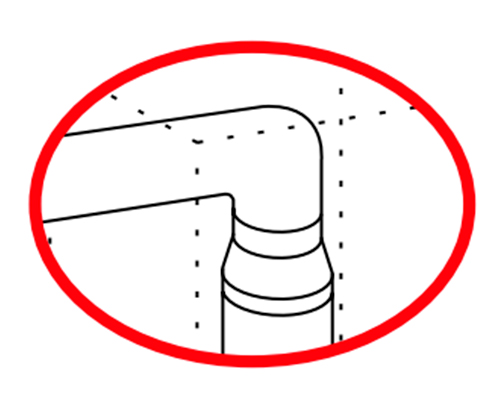
Avoid making a diameter reduction near the elbows, always try to do them in straight sections and away from the hood
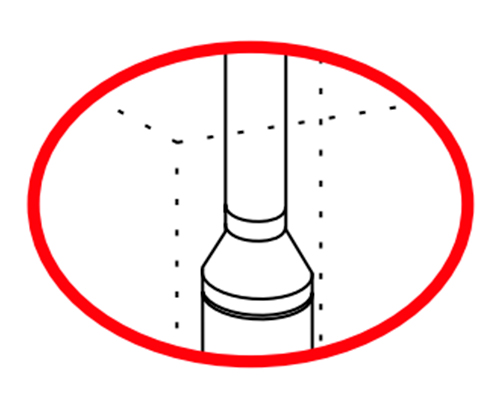
Avoid abruptly reducing pipe diameter.
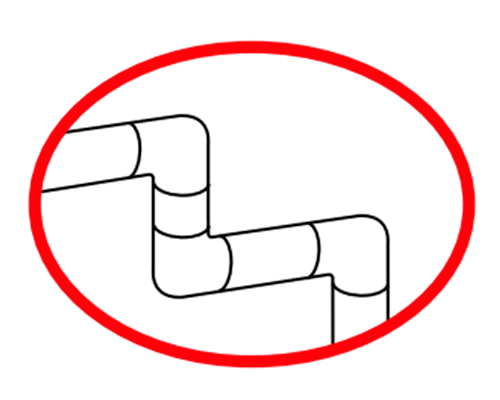
Avoid the number of elbows as much as possible.
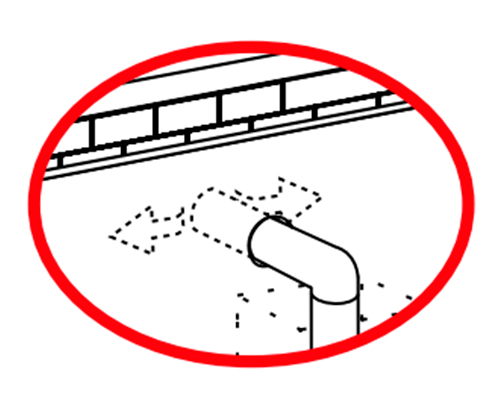
Make sure that the smoke outlet is as direct as possible to avoid incorrect air circulation.
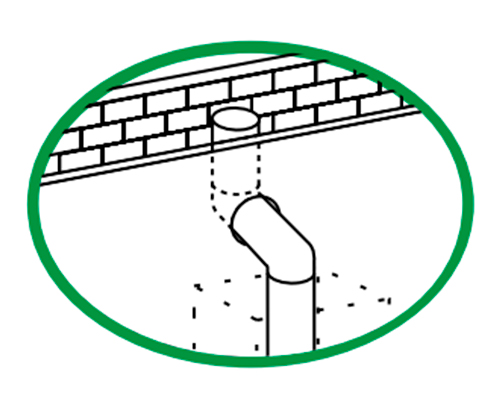
In case of having to put elbows, try to make them as sharp as possible.
5. Ducted or recirculating
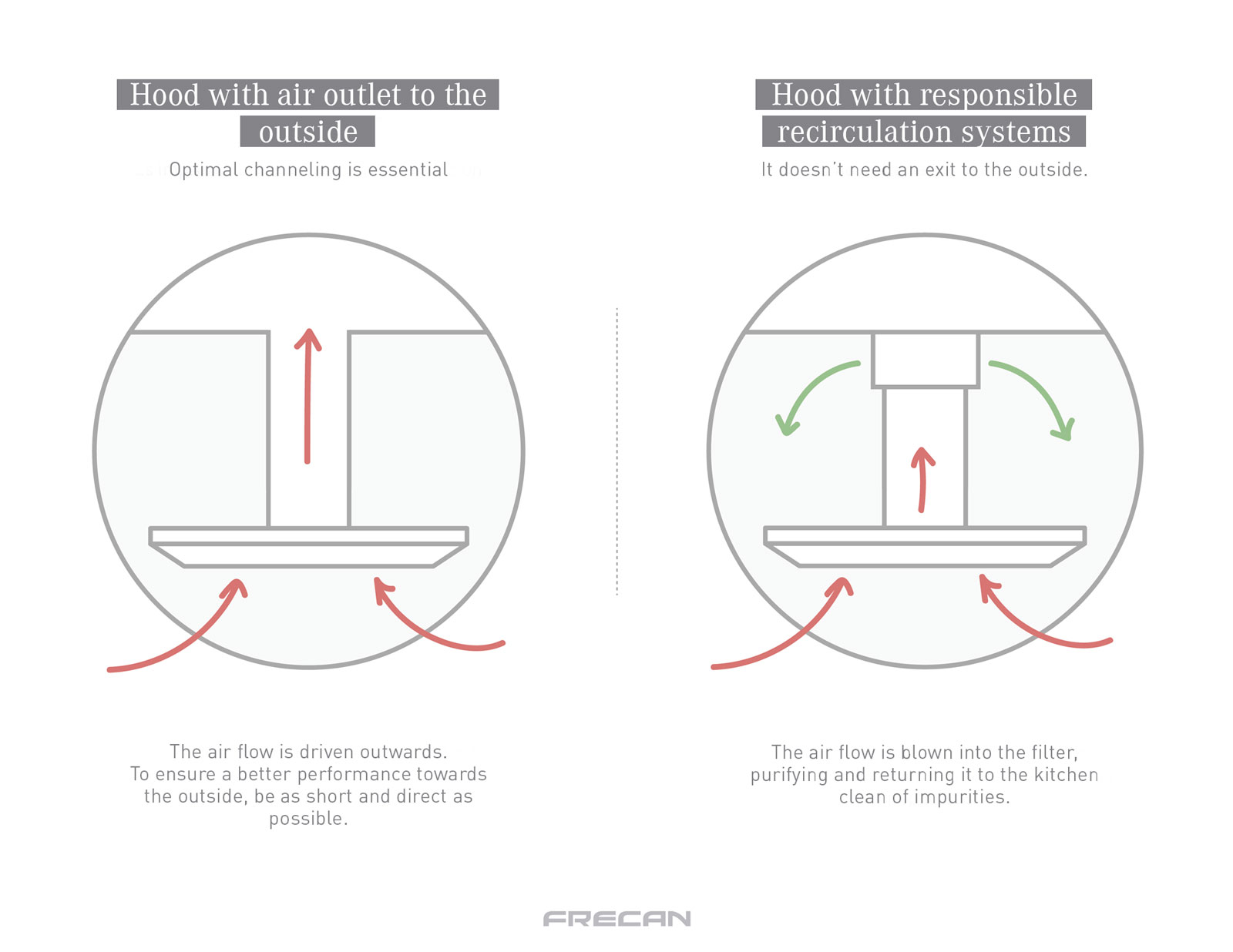
The air from a ducted hood is forced outside of your house. With a recirculated hood, the air is pulled through a filter, and then recirculated back into the kitchen.
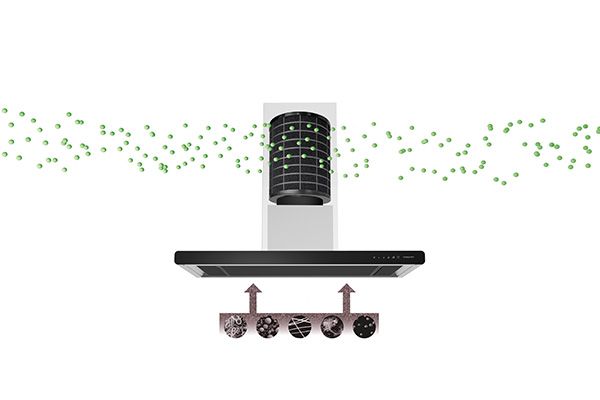
Frecan Plasma Filters.
Recirculation based on plasma technology. Eliminates 96% of odours, allergens and pollutants.
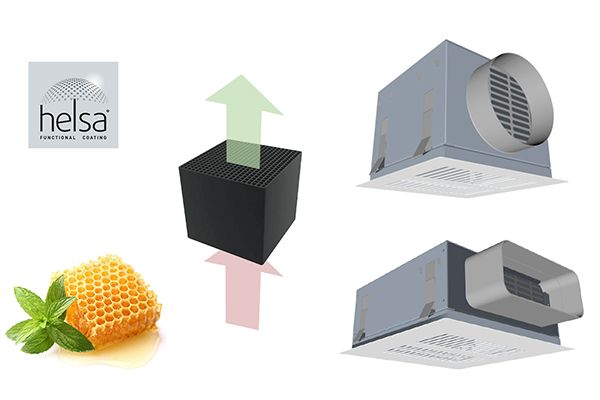
Box-R – HELSA.
Dissociated Recirculation. The biggest advantage of a charcoal cubes is the relation between filtering capacity, efficiency and little pressure drop.
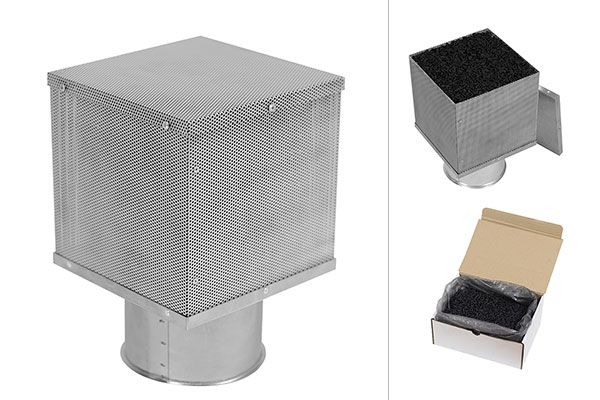
Long-lasting active carbon filters FC-Plus.
Inside the filter, the active carbon has a thickness of 20mm, being able to absorb up to 920gr of fats.
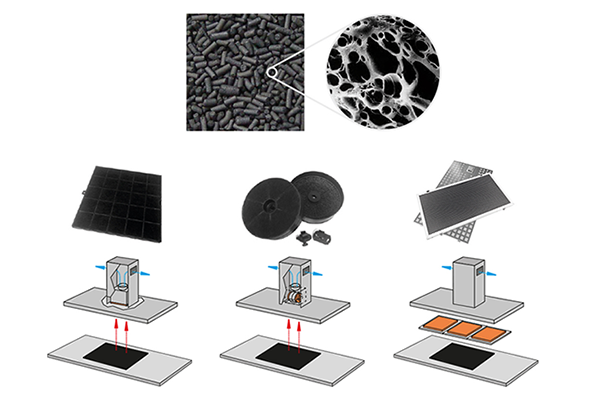
Charcoal Filters.
Which are composed by active carbon particles that due to its nanoporosity remove grease and cooking odors and recycle air back into the kitchen.
Find out more about recirculation hoods
What is the difference between a recirculating extractor hood and a conventional one?
The Frecan Plasma filter has been specially designed to purify the air of domestic kitchens

Comentar